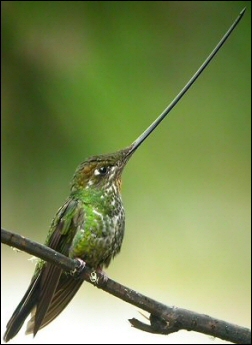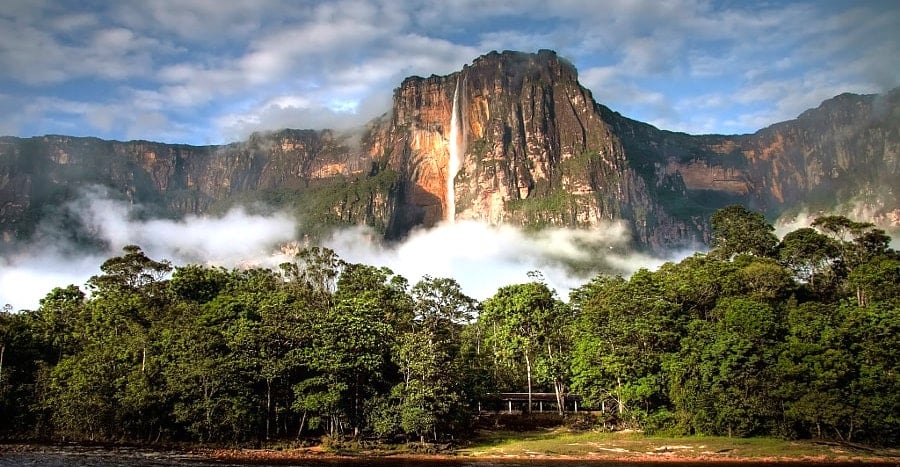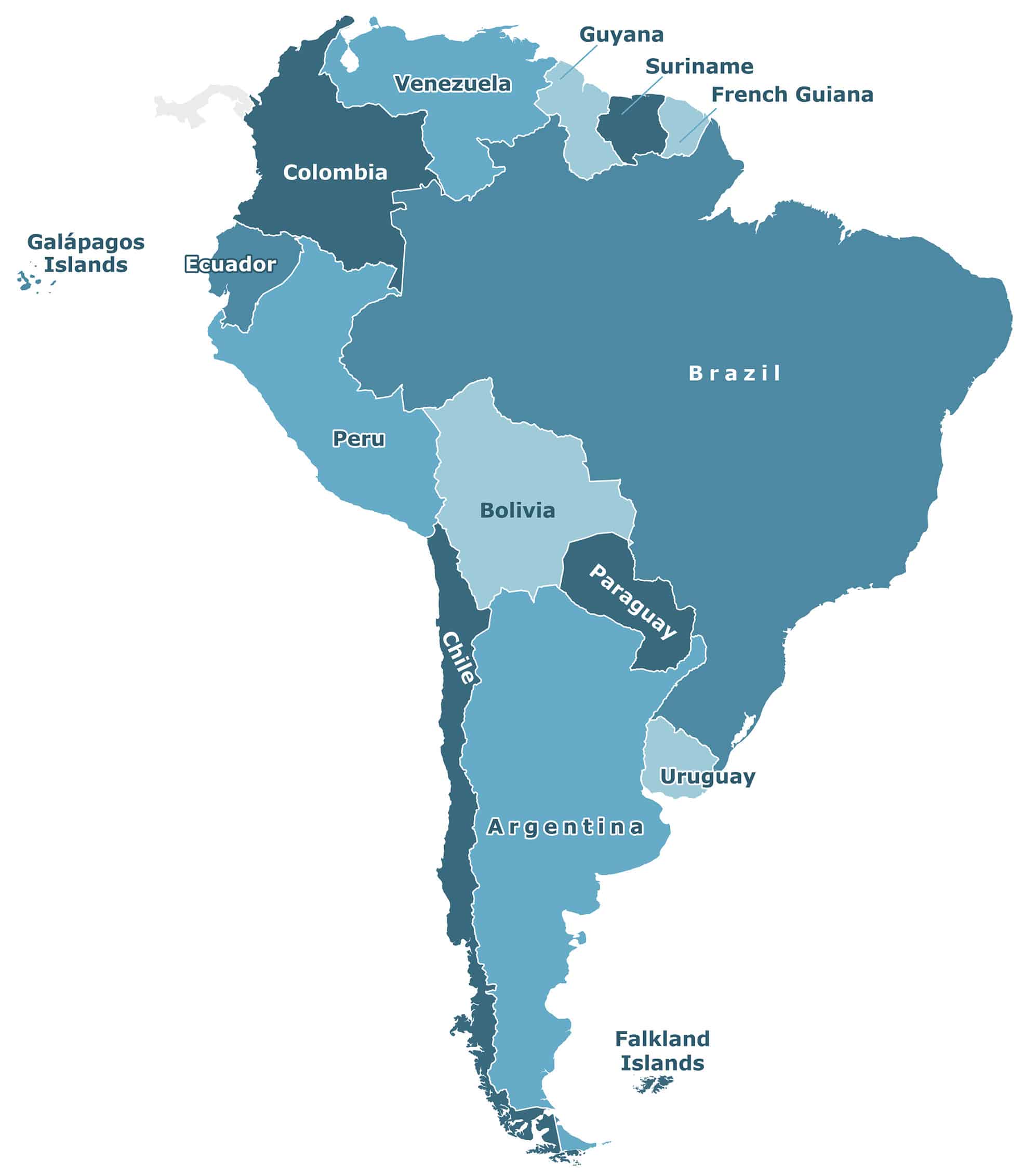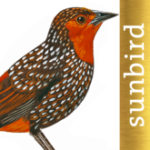South America

South America is a continent entirely in the Western Hemisphere and mostly in the Southern Hemisphere, with a considerably smaller portion in the Northern Hemisphere. It can also be described as the southern subregion of the Americas. The continent is generally delimited on the northwest by the Darién watershed along the Colombia-Panama border. Almost all of mainland South America sits on the South American Plate. South America is bordered on the west by the Pacific Ocean and on the north and east by the Atlantic Ocean; North America and the Caribbean Sea lie to the northwest. The continent is generally taken to include twelve sovereign states: Argentina, Bolivia, Brazil, Chile, Colombia, Ecuador, Guyana, Paraguay, Peru, Suriname, Uruguay, and Venezuela; two dependent territories: the Falkland Islands and South Georgia and the South Sandwich Islands; and one internal territory: French Guiana. In addition, the ABC islands of the Kingdom of the Netherlands, Ascension Island (dependency of Saint Helena, Ascension and Tristan da Cunha, a British Overseas Territory), Bouvet Island (dependency of Norway), Panama, and Trinidad and Tobago may also be considered parts of South America but Fatbirder treats them as Central America and Caribbean respectively.
South America has an area of 17,840,000 square kilometres (6,890,000 square miles). Its population as of 2021 has been estimated at more than 442 million people. South America ranks fourth in area (after Asia, Africa, and North America) and fifth in population (after Asia, Africa, Europe, and North America). Brazil is by far the most populous South American country, with almost half of the continent’s population, followed by Colombia, Argentina, Venezuela and Peru. In recent decades, Brazil has also generated half of the continent’s GDP and has become the continent’s first regional power.
Most of the population lives near the continent’s western or eastern coasts while the interior and the far south are sparsely populated. The geography of western South America is dominated by the Andes mountains; in contrast, the eastern part contains both highland regions and vast lowlands where rivers such as the Amazon, Orinoco and Paraná flow. Most of the continent lies in the tropics, except for a large part of the Southern Cone located in the middle latitudes.

Angel Falls – ©Jeanpaul Razzouk CC BY 3.0 via Wikimedia Commons
South America is home to several superlatives, including, the world’s second highest uninterrupted waterfall, Angel Falls in Venezuela; the highest single-drop waterfall Kaieteur Falls in Guyana; the largest river by volume, the Amazon River; the longest mountain range, the Andes (whose highest mountain is Aconcagua at 6,962 m or 22,841 ft); the driest non-polar place on earth, the Atacama Desert; the wettest place on earth, López de Micay in Colombia; the largest rainforest, the Amazon rainforest; the highest capital city, La Paz, Bolivia; the highest commercially navigable lake in the world, Lake Titicaca; and, excluding research stations in Antarctica, the world’s southernmost permanently inhabited community, Puerto Toro, Chile.

Lake Titicaca – ©Francesco Bailo Public domain via Wikimedia Commons
Physiographically, South America also includes some of the nearby islands, but geopolitically, all the island countries and territories in the Caribbean have generally been grouped as a subregion of North America instead. By contrast, Aves Island (administered by Venezuela) and the Archipelago of San Andrés, Providencia and Santa Catalina (San Andrés Island, Providencia Island, and Santa Catalina Island etc., which are administered by Colombia) are politically parts of South American countries but physiographically parts of North America. Other islands often associated with geopolitical South America are the Chiloé Archipelago and Robinson Crusoe Island (both administered by Chile), Easter Island (culturally a part of Oceania, also administered by Chile), the Galápagos Islands (administered by Ecuador, sometimes considered part of Oceania), and Tierra del Fuego (split between Argentina and Chile). In the Atlantic Ocean, Brazil administers Fernando de Noronha, Trindade and Martim Vaz, and the Saint Peter and Saint Paul Archipelago, while the Falkland Islands (Spanish: Islas Malvinas) and South Georgia and the South Sandwich Islands (biogeographically and hydrologically associated with Antarctica) have been administered as two British Overseas Territories under the Crown, whose sovereignty over the islands is disputed by Argentina.
All of the world’s major climate zones are present in South America. Its major mineral resources are gold, silver, copper, iron ore, tin, and petroleum. All South American countries are presidential republics with the exception of Suriname, a parliamentary republic. French Guiana is a French overseas department, while the Falkland Islands and South Georgia and the South Sandwich Islands are British Overseas Territories.
South America is one of the most biodiverse continents on Earth. The Amazon rainforests possess high biodiversity, with Brazil estimated to contain 10% of Earth’s species.
Birding South America
South America is the continent with countries boasting the biggest lists of avifauna… and, in part, it is still wild enough to be turning up new species. Both Peru and Colombia boast as hosting much as 20% of known bird species. From the High Andes with human settlements higher than anywhere else to the river deltas and coastal mangroves, cloud forest and rainforest, desert and pampas the habitat ranges are also as diverse as anywhere on earth. From the tiny hummingbirds to the giant condors and rheas South America has enough birds in every ecological niche to excite birders everywhere.
However, whilst South America has the most diverse avifauna and an incredible range of habitat offering such a wealth of potential to any naturalist it is also a great cause for concern. Rampant logging, slash and burn agriculture, insensitive development and inappropriate mining techniques are doing their best to lay huge areas waste. Some of the most pressing challenges for conservation are right there. Whilst species of birds are still being discovered many more hover on the edge of extinction.

-
Number of bird species: 3481
(As at April 2024)
-
Birds of Northern South America, Volume 1 and Volume 2
| By Robin Restall, Clemencia Rodner & Miguel Lentino | Christopher Helm | 2006 | Paperback | Out of Print | ISBN: 9780713660265 Buy this book from NHBS.com -
Birds of South America: Passerines
| By Robert S Ridgely & Guy Tudor | Christopher Helm | 2009 | Paperback | 750 pages, colour plates, colour distribution maps | Out of Print | ISBN: 9781408113424 Buy this book from NHBS.com -
Birds of Southern South America and Antarctica
| By Martín R de la Peña & Maurice Rumboll | Princeton UP | 2001 | Paperback | 304 pages, 97 plates with colour illustrations, 5 plates with b/w illustrations; b/w illustrations, 1000+ b/w distribution maps | Out of Print | ISBN: 9780691090351 Buy this book from NHBS.com -
Collins Field Guide to the Birds of South America: Non-Passerines
| (Non-Passerines, from Rheas to Woodpeckers) | By Jorge R Roderiguez Mata, Francisco Erize & Maurice Rumboll | Harper Collins | 2006 | Hardnack | 384 pages, 156 colour plates, 1270 Distribution Maps | Out of Print | ISBN: 9780007150847 Buy this book from NHBS.com -
Illustrated Checklist: Birds of Southern South America and Antarctica
| By Martin de la Pena & Maurice Rumboll | HarperCollins | 1998 | Paperback | 304 Pages, 97 Colour Plates, Maps | Out of Print | ISBN: 9780002200776 Buy this book from NHBS.com -
Where to Watch Birds in South America
| By Nigel Wheatley | Helm | 1994 | Paperback | 431 pages | ISBN: 9780713639094 Buy this book from NHBS.com

All Birds Northern South America
Apple iOS | Android| a field guide to all the species recorded in Ecuador, Colombia, Guiana, Peru, Venezuela | Mullen & Pohland GbR | Sunbird Apps | This mobile field guide includes all 2,311 bird species found in the Northern part of South America
Birds of South America 2
Apple iOS | AndroidThe best and most complete birding app for South America! No continent supports a bigger and more varied bird population, more than 3,000 species belonging to more than 100 families are presented in this app.Useful Information-
BirdPlanner.com
WebsiteBirdPlanner is a free site that enables you to generate bird lists for any place in the western hemisphere -
Neotropical Birds
WebsiteNeotropical Birds Online is an authoritative, online resource for life histories of Neotropical birds. These accounts are intended primarily for ornithologists, especially those based in the Neotropics, but also will prove useful to wildlife biologists, conservationists, amateur ornithologists with strong interests in avian natural history, and biology teachers and students. Neotropical Birds Online is available free of charge. The scope of Neotropical Birds Online is all bird species that regularly occur in the Neotropics, from Mexico and the Caribbean south to southernmost South America. The emphasis is on species that breed within this region, but the eventual goal is to provide accounts for all species that regularly occur within this region
Organisations-
Neotropical Bird Club
WebsiteSince 1994 Neotropical Bird Club, which is UK registered charity 1040130, has attracted over 900 members in 50 countries. Membership is open to all who have an interest in the wild birds of the New World tropics and their conservation. -
Optics for the tropics
WebsiteOptics for the Tropics, Inc. is a 501(c)(3) charity organization providing quality optical equipment in the Caribbean and Latin America where resources are very limited. We distribute equipment to ornithologists and educators working to further bird conservation
Guides & Tour Operators-
Birding Ecotours
Tour OperatorBirding Ecotours aims to provide world-wide birding experiences of superb quality, while contributing to environmental conservation and disadvantaged communities. Please contact us for detailed information, queries and quotations as we are happy to help you in every aspect of planning your birding holiday. -
Kolibri Expeditions
Tour OperatorKolibri Expeditions provides birding trips to all corners of South America. We are based in Lima, Peru. General Director is Gunnar Engblom, a well known tour leader and bird guide -
Lost World Adventures
Tour OperatorLost World Adventures arranges specialised tours and expeditions in South America and other exotic New World destinations. Our company was founded in 1986, when we pioneered our first adventure trips into Venezuela. We now arrange travel throughout Latin America, including Belize, Guatemala, Honduras, Costa Rica, Panama, Ecuador and Galapagos Islands, Peru, Bolivia, Brazil, Chile and Argentina. -
Manu Expeditions
Tour OperatorOur bird watching trips are lead by very experienced neo-tropical ornithologists. we pride ourselves on the quality of our leaders and support staff, not to mention our office staff in Cusco that make things work. -
Naturalist Journeys
Tour OperatorGroup travel is rewarding and fun! With more eyes you see more species. Travel Planners of Naturalist Journeys and Caligo Ventures have been creating memorable journeys for 40+ years. We offer you small-group birding and nature tours, limited to just 8-10 persons led by expert guides. Learn and explore with like-minded people, enjoy local food and culture, and immerse yourself in birding and nature. -
Rainforest Cruises
Website...are a travel company that specialises in Amazon river tours and Galapagos cruises -
Rockjumper
Tour OperatorBrowse through our broad range tours on offer at your own leisure, with our convenient Rates & Tour Schedule booklet. This document contains the essential information relating to each tour, including dates, pricing, group size, and tour leader, all in an easy-to-read format. Click the button below to download the pdf.
Other Links-
InfoNatura
WebsiteWelcome to InfoNatura, a source for conservation information on the birds and mammals of Latin America and the Caribbean -
Xeno-canto
WebsiteXeno-canto hosts over 1400 species from Colombia, Peru and Brazil, over 1300 from Ecuador, over 1200 from Bolivia and more than 1100 from Venezuela
Fatbirder - linking birders worldwide...
Skip to content

